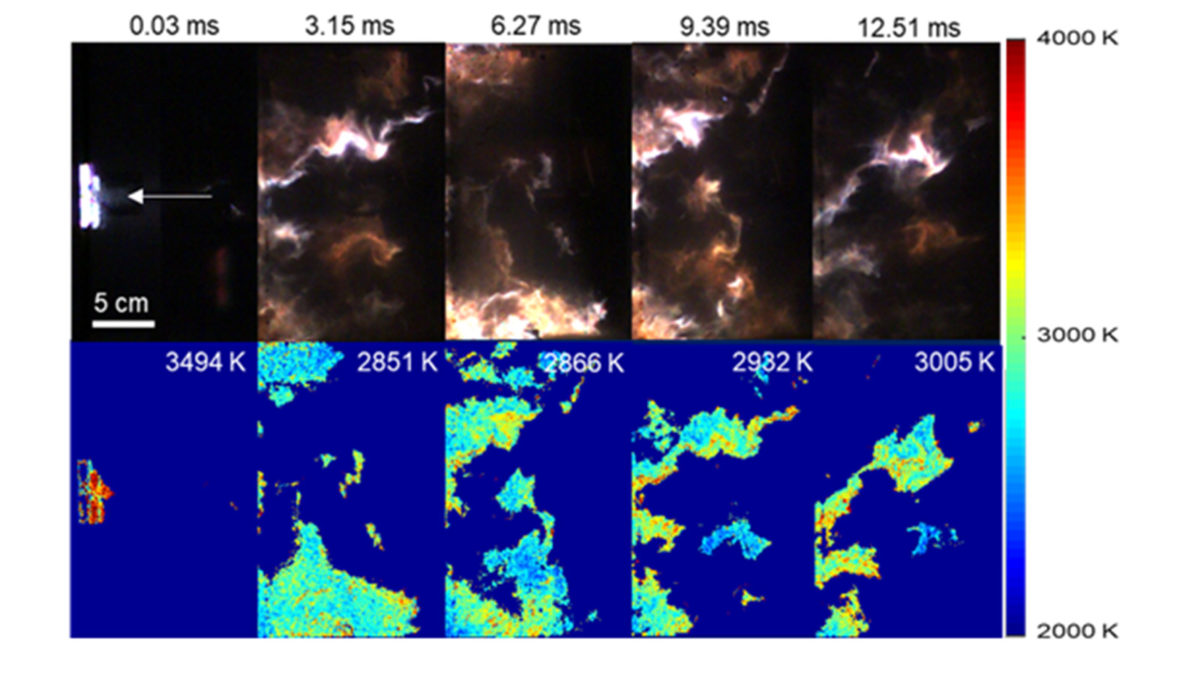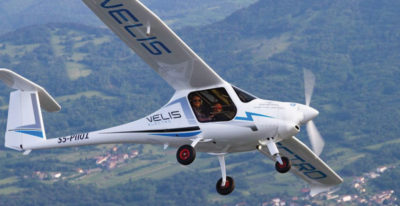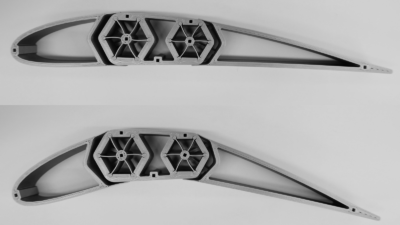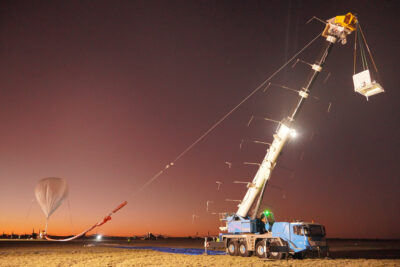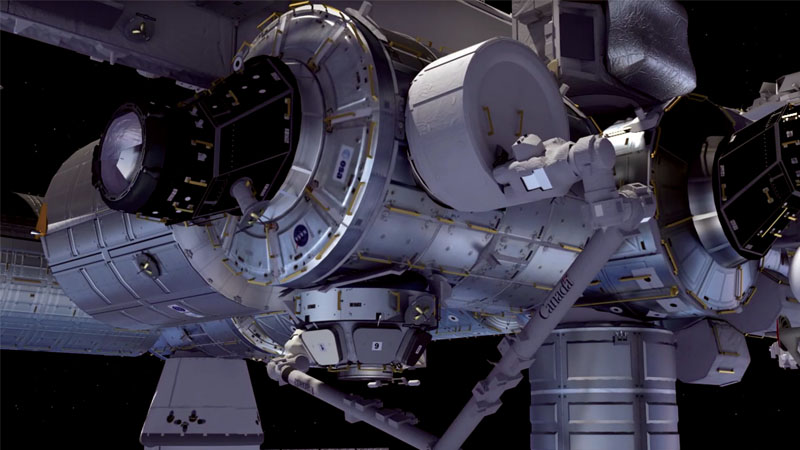Smart thermites enter the scene; progress seen on thermography for ballistics and electric propulsion for nanosatellites
By John F. Zevenbergen|December 2021
The Energetic Components and Systems Technical Committee provides a forum for the dissemination of information about propellant and explosive-based systems for applications ranging from aircraft to space vehicles.
The University of Iowa and Iowa State University this year began planning for experiments at the Argonne National Laboratory Advanced Photon Source to investigate the ability to dynamically control, via microwave radiation, the porosity within an explosive. The team plans to observe this process using in-situ high-speed synchrotron X-ray imaging. This research will be a follow up to work by Iowa State University featured on the cover of the Aug. 25 issue of ACS Applied Materials & Interfaces describing the ability to make “smart thermites” with a switchable electromagnetic function, opening the door to new ignition possibilities for explosives and solid rocket propellants. The initial research and forthcoming experiments, both funded by the U.S. Air Force Office of Scientific Research, demonstrate how the addition of graphene oxide to a thermite can give the thermite on-demand controllable “off-on” microwave ignitability. Until this research, ignition was thought to be only possible on a surface of an energetic material. Embedding the reduced graphene oxide thermites into such a material and penetrating this material with microwave energy could allow new ignition modalities or dynamic control of porosity/damage formation in explosives, enabling on-command control of explosive sensitivity. The ability to thermally “switch” the microwave ignitability of the formulation from unignitable to ignitable is game-changing and could enable selection of one of many ignition sites, and hence enable selection of one of multiple possible energy output modes.
Researchers at Texas Tech University this year made advances in thermal imaging technology to thermally map a ballistic impact event. The researchers applied filters and software to turn a high-speed visual camera into a thermography system. The design of the camera’s sensor was completed in April. The camera’s optics can capture the spatial distribution of temperature with millimeter spatial and microsecond temporal resolution. The high-resolution images show the plasma generated from the kinetic energy produced when a projectile impacts a steel plate at 1,200 meters per second by recording the event with a frame speed of 0.03 milliseconds. Subsequent images show temperatures of the fragmenting debris field as it disperses and continues to react through the chamber. The highest temperatures are localized toward the leading edge of the flame spreading. High-speed thermography will advance the science of ballistics by providing the temperature information needed to enable design of new projectile materials that can be exploited for their thermal rather than mechanical properties.
For the Netherlands Organization for Applied Scientific Research, TNO, the year was one of progress for a nanosatellite propulsion system that promises to drastically increase the maneuverability of nanosatellites while occupying only a fraction of the available volume. In February, TNO received funding for a proof of principle experiment of this Liquid Metal Pulsed Plasma Thruster, or LiMe-PPT. The concept adapts the principle of an exploding bridge wire, a type of detonator, into what TNO calls a Liquid Metal Regenerative Bridge. Inside a nanosatellite, this microscopic bridge reforms after ignition to deliver near continuous thrust. In June, TNO completed the first of these regenerative bridges, and by August bridges were generated having the correct electrical characteristics required for test firings. Test firings of the conceptual LiMe-PPT started in September. The propulsion system has the potential to deliver a delta-V to a nanosatellite of several kilometers per second. This is orders of magnitudes greater than most micro-propulsion systems currently on the market, and almost twice as high as the current state of the art in micro propulsion technology. The LiMe-PPT is characterized by a high delta V (change in velocity), low power consumption, low complexity and the use of a high density metal, inert and non-pressurized propellant.
Contributors: Stuart Barkley, Sem de Maag, Alfons Mayer, Michelle Pantoya and Travis Sippel

